Introduction
In recent years, the golf apparel market has been on a remarkable growth trajectory. With the increasing popularity of golf as a sport, more and more enthusiasts are not only focusing on improving their swing but also paying close attention to their on-course attire. From the sleek and stylish golf polos to the functional golf pants and the ever-important golf hats, the demand for high-quality, well-designed golf clothing has surged. This growth has led to a greater emphasis on the functionality and aesthetics of golf apparel, with consumers expecting their clothes to not only look good but also perform well during their rounds.
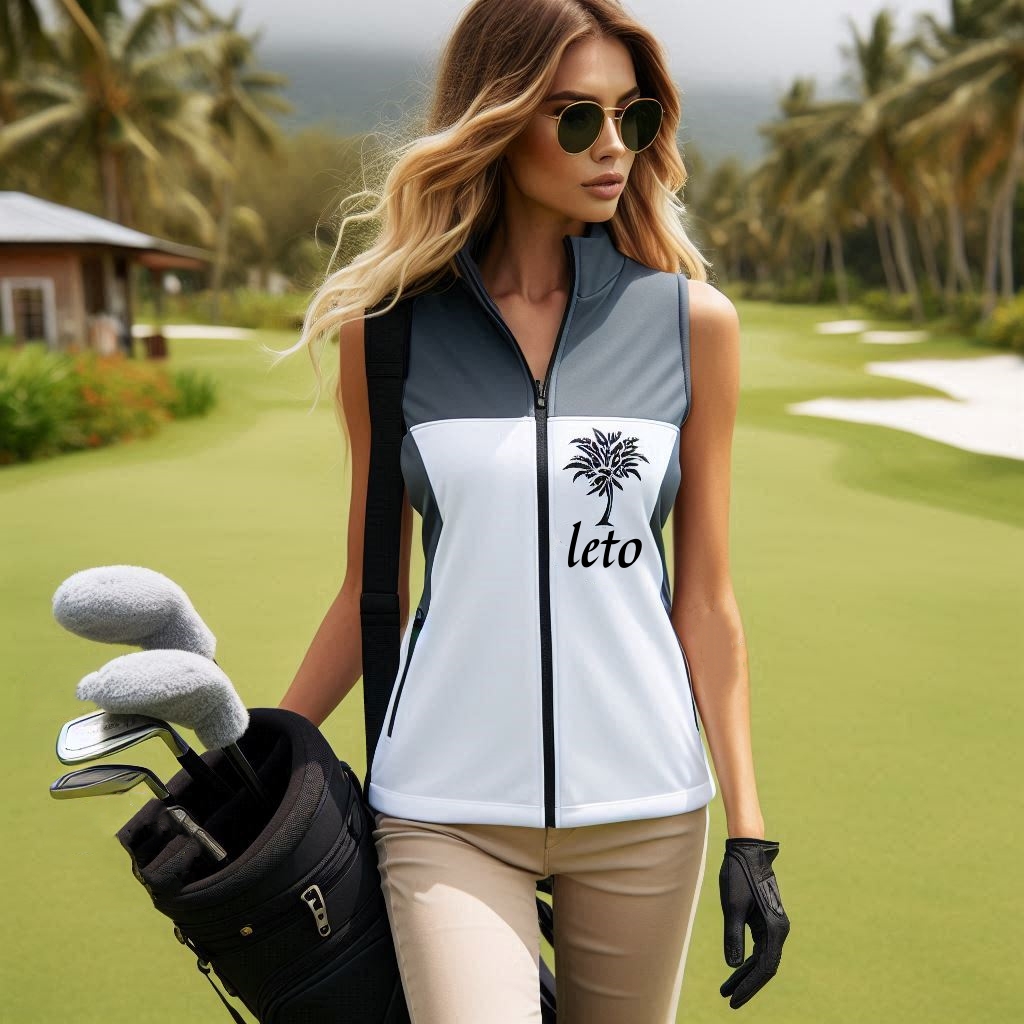
One question that often arises in the minds of golfers, especially those involved in the creation or purchase of custom golf wear, is whether embroidery on golf fabrics can disrupt their all-important Breathability. After all, golfers spend hours on the course, often in varying weather conditions, and need their clothing to breathe well to keep them comfortable. Understanding the truth behind this concern is crucial for golf apparel startups looking to create innovative products, personal golfers who want to customize their gear, procurement managers responsible for bulk purchases, and fashion buyers curating the latest golf fashion collections.
The Science Behind Golf Fabric Breathability
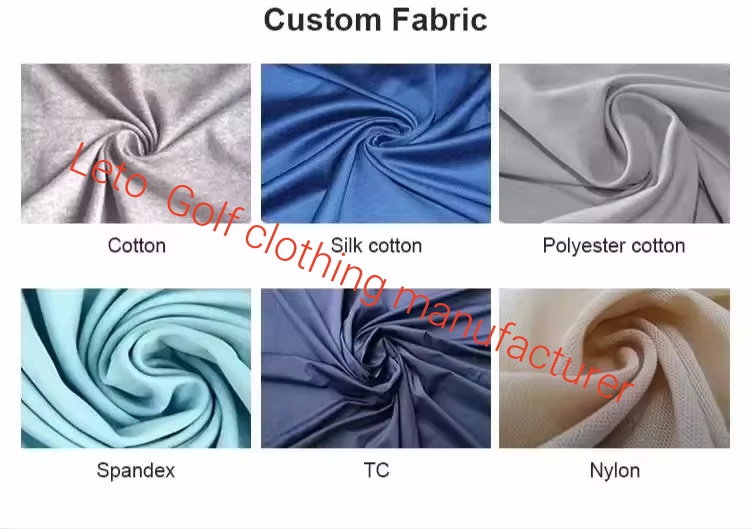
Types of Golf Fabrics
Polyester: One of the most commonly used materials in golf apparel, polyester is a synthetic fiber known for its durability, quick - drying properties, and resistance to wrinkles. It has a smooth surface, and its fibers are tightly packed, yet it still allows for a decent level of air circulation. The fabric's ability to wick moisture away from the body is a major advantage for golfers. For example, when a golfer starts to sweat during a long day on the course, polyester can quickly draw the moisture to the outer surface of the fabric, where it can evaporate more easily. This helps keep the golfer dry and comfortable.
Nylon: Nylon is another popular choice, especially for its strength and abrasion-resistance. It is often used in golf pants, jackets, and hats. Although nylon has a reputation for being less breathable than some other fabrics, modern manufacturing techniques have improved its breathability. Nylon fibers can be engineered to have small pores or channels that allow air to pass through. Additionally, it dries very quickly, making it suitable for various weather conditions on the golf course.
Cotton: Natural cotton is loved for its softness and breathability. It allows air to flow freely through the fabric, which helps regulate body temperature. However, cotton has the drawback of absorbing a large amount of moisture and drying slowly. To address this, many golf-specific cotton blends are used. These blends combine the breathability of cotton with the quick-drying properties of synthetic fibers like polyester or the stretch of spandex, providing a more well-rounded performance for golfers.
Spandex/Elastane: Usually added in small percentages (around 2-10%) to other fabrics, spandex is all about flexibility. In golf, where a full range of motion is crucial for a proper swing, the addition of spandex to fabrics like polyester or nylon allows the clothing to stretch with the body's movements. It doesn't contribute directly to breathability but enhances the overall comfort of the garment, and when combined with breathable base fabrics, it ensures that the fabric can move with the golfer without restricting air circulation.
How Breathability Works
The breathability of a fabric is essentially about how well it allows air and moisture to pass through. In the context of golf, where players are often active outdoors for several hours, breathability is crucial for several reasons.
Air Circulation: When air can flow through the fabric, it helps cool the body. As a golfer moves and generates heat, fresh air from the outside can penetrate the fabric, replacing the warm air trapped next to the skin. This constant exchange of air prevents the body from overheating. For example, in a well - ventilated golf polo shirt, the air can flow through the fabric's weave, creating a natural cooling effect similar to a gentle breeze on the skin.
Moisture Management: During a golf game, players can sweat, especially in hot or humid conditions. Breathable fabrics are designed to manage this moisture effectively. They can absorb the sweat from the skin and then transfer it to the outer surface of the fabric. Once on the outside, the moisture can evaporate more easily. This process, known as wicking, helps keep the skin dry, which is not only more comfortable but also reduces the risk of chafing. If the fabric doesn't breathe well, the sweat can accumulate on the skin, making the golfer feel sticky and uncomfortable, and potentially affecting their concentration and performance.
Temperature Regulation: Good breathability also aids in temperature regulation. In cooler weather, breathable fabrics can still allow a small amount of air to circulate, preventing the body from getting too hot while moving. In warmer weather, the increased air and moisture flow help keep the body cool. This adaptability to different temperatures is essential for golfers who may play in various climates throughout the year.
The Art of Embroidery on Golf Apparel
Embroidery Techniques Used in Golf Wear
Flat Embroidery: This is one of the most commonly used embroidery techniques on golf apparel. Flat embroidery creates designs on the fabric surface with neat stitches, resulting in smooth and delicate lines that are great for displaying simple patterns and text. For example, brand logos often seen on golf courses, like straightforward letter combinations or classic golf-related icons, are well represented with flat embroidery. Its advantages include a relatively simple process, lower costs, and the ability to work on various fabrics, whether soft cotton or smooth polyester. When producing custom golf apparel in bulk, flat embroidery can efficiently handle large orders while ensuring product consistency.
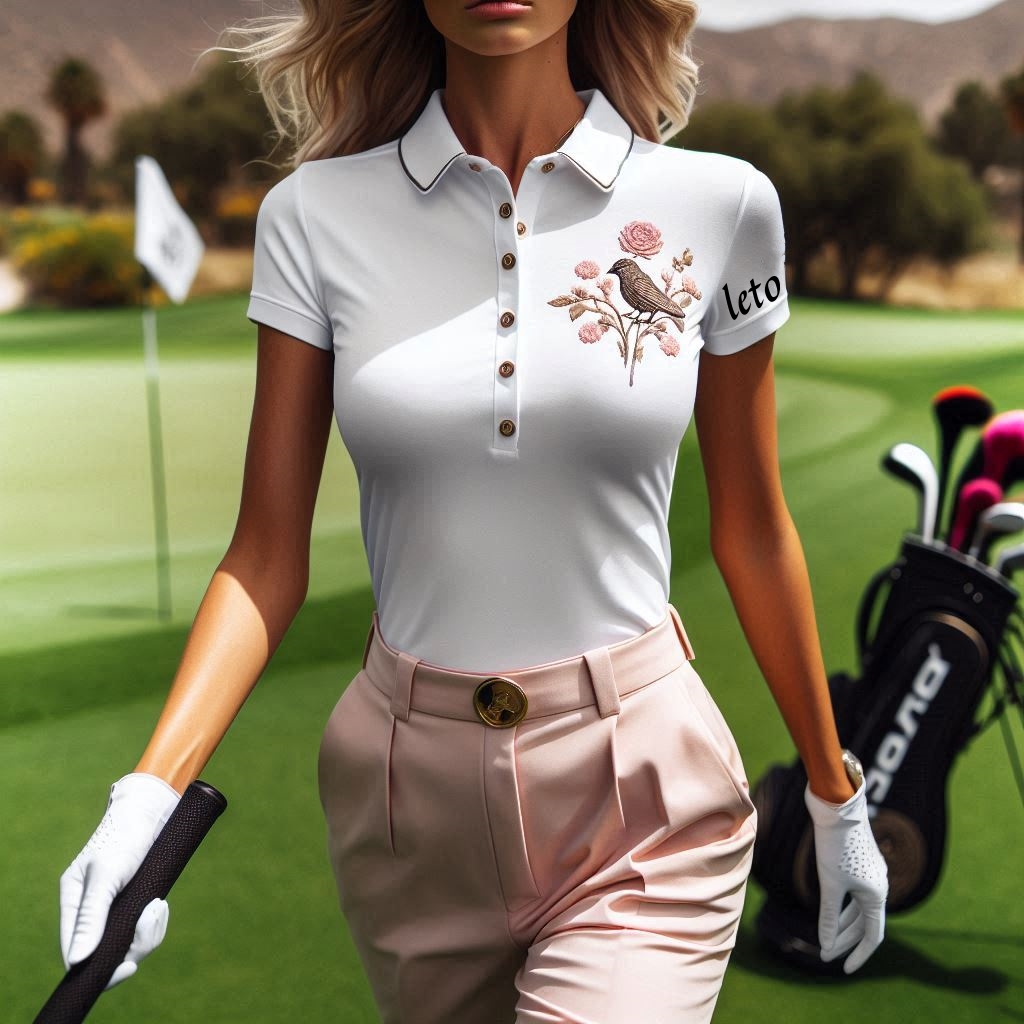
3D Embroidery: 3D embroidery adds a unique dimension and depth to golf apparel. By layering multiple threads on the fabric, using padding materials (like sponge or foam), or applying special stitching techniques, the design stands out from the fabric, creating a three-dimensional effect. When designing badges or special decorative patterns for golf apparel, 3D embroidery makes the designs more vivid and eye-catching. For instance, stitching a 3D eagle logo on a golf shirt can make it seem like the eagle is about to take flight, providing a strong visual impact. However, the technique is more complex, requiring additional time and skill, making it relatively more expensive; thus, it's typically used for high-end or customized golf apparel styles.
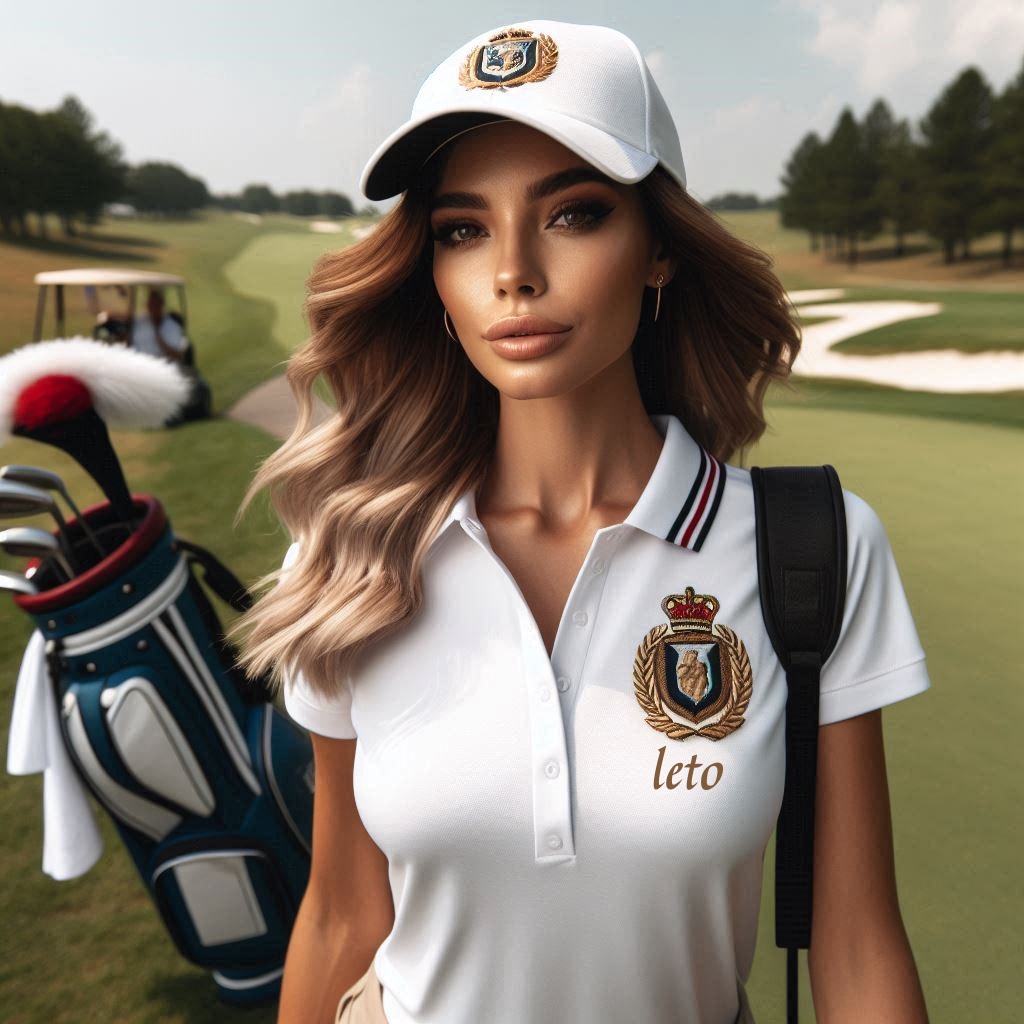
Appliqué Embroidery: This technique involves sewing pre-cut fabric shapes (usually different in material or color from the main garment fabric) onto the garment, then stitching around the edges to secure them. Appliqué allows for the use of different textures and colors to create a rich visual effect. In golf apparel design, appliqué can be used to make unique decorative elements, such as using textured leather to create the shape of a golf bag or bright cotton to stitch flower patterns. This not only enhances the aesthetic appeal of the clothing but also improves the overall quality through material combinations.
Chain Stitch Embroidery: Chain stitch features stitches that look like chains, continuously forming unique line effects. It has good elasticity and flexibility, making it perfect for stitching curved or dynamic line patterns, like the flight path of a golf ball or the motion lines of a golfer's swing. The flexibility in the stitching technique allows for unique artistic effects when representing smooth designs, adding a lively beauty to golf apparel.
Design Considerations for Embroidery on Golf Clothing
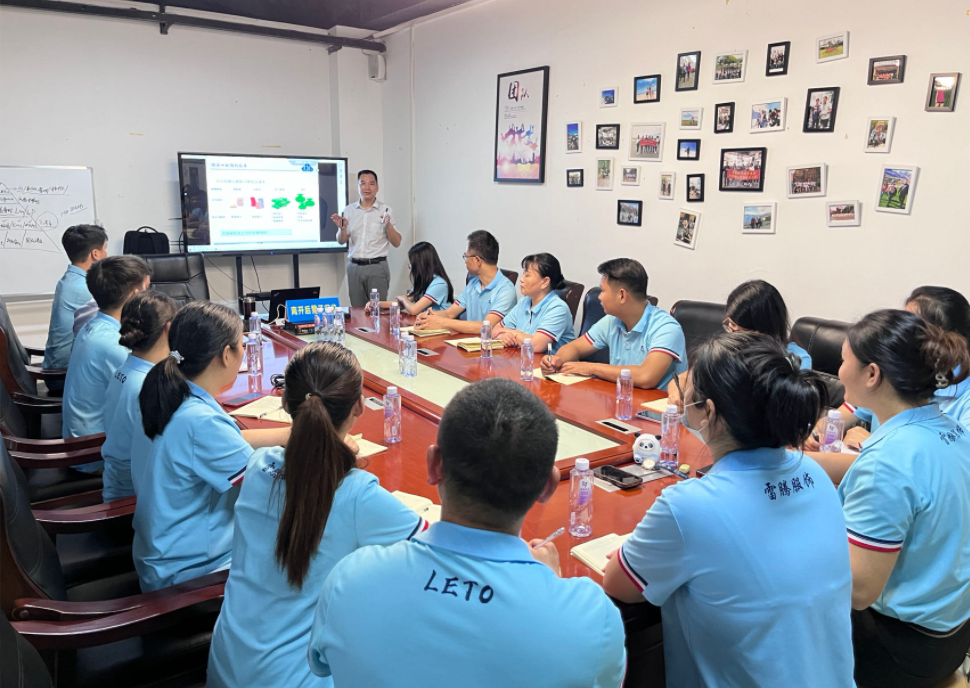
Position Selection: When designing embroidered details on golf apparel, the choice of placement is crucial. Common embroidery locations include the left chest area, which is a typical spot for brand logos or small decorative designs that are easily visible; the right chest area, sleeves, and back are also frequently used. For back embroidery, the design can be larger and more elaborate, like the name of a golf club or a major tournament logo, which can be prominently displayed when the athlete swings. However, when selecting a position, it’s important to consider the comfort of the clothing and ease of movement. Avoid large-scale embroidery in areas that are prone to friction or on joints, as this could hinder the athlete's movement and increase discomfort. For instance, complex embroidery is not suitable for areas like the underarms or elbows of a golf shirt, since these parts need to move frequently during play; embroidery in these areas can make the fabric stiff and limit motion.
Complexity of Design: The complexity of the design should match the overall style and purpose of the clothing. For everyday golf apparel, simple and elegant embroidery designs are more popular, as they are not overly flashy while still showcasing the brand or personal style. Simple line patterns, small logos, or letter combinations can add a touch of sophistication while keeping the apparel looking clean. For special events or high-end custom golf attire, more intricate and refined embroidery designs can be used. Limited edition golf apparel might feature complex designs with commemorative significance, like exclusive tournament logos or historical scenes; these designs often require more time and craftsmanship to complete, reflecting the unique value and collectibility of the clothing.
Color Coordination: Color coordination is an essential factor in embroidery design. The color of the embroidery thread should harmonize with the fabric color to create a unified visual effect. You can choose thread colors that are close to the fabric to create a subtle, understated look; alternatively, using bold contrasting colors can highlight the embroidery design and make it more eye-catching. In golf apparel, a common color pairing is white fabric with dark embroidery threads (like black or navy blue), which is a classic and simple combination suitable for various occasions; or you might use vibrant colors like pink or yellow on lighter fabrics to add energy and a modern touch. Additionally, consider how colors appear under different lighting conditions to ensure that the embroidery remains clear and attractive on a sunny golf course.
Fabric Compatibility: Different golf fabrics have varying degrees of compatibility with embroidery, so it’s important to consider the fabric's characteristics when designing embroidery. For lightweight, soft fabrics, choose relatively thin threads and simpler stitching techniques to avoid distorting the fabric with heavy embroidery. When embroidering on silk golf shirts, use fine silk thread and gentle stitching methods to maintain the fabric's soft texture. For thicker, sturdier fabrics, such as those used in windproof or waterproof golf jackets, you can use thicker threads and more complex embroidery techniques to enhance the dimensionality and durability of the embroidery. Understanding the fabric's properties and designing the embroidery accordingly can ensure that the final result integrates beautifully with the apparel, combining aesthetics with functionality.
Does Embroidery Affect Breathability?
Theories and Concerns
There are several theories behind the concern that embroidery might disrupt the breathability of golf fabrics. One of the main worries is that the layers of thread used in embroidery could potentially block the small pores or channels in the fabric that allow air and moisture to pass through. When a dense embroidery pattern is applied, especially with thick threads, it creates a physical barrier on the fabric surface. For example, a large, detailed logo embroidered with multiple layers of heavy thread on a polyester golf shirt might seem like it could prevent air from flowing freely through the fabric, leading to a feeling of stuffiness during a round of golf.
Another concern is related to the stiffness that embroidery can sometimes add to the fabric. Stiff fabric may not drape as well on the body, and it can restrict the natural movement of air around the body. In golf, where players are constantly in motion, any restriction in the fabric's movement can affect the overall comfort and breathability. If the embroidery causes the fabric to become rigid, it might not adapt to the body's movements as well, and this could disrupt the normal air circulation patterns that contribute to breathability.
Real-World Testing and Results
Thankfully, real-world testing has provided some reassuring results. A study conducted by a leading textile research institute tested the breathability of various golf fabrics before and after embroidery. They used a standardized testing method that measures the rate of air and moisture transfer through the fabric.
For polyester golf shirts, the results showed that when a small to medium-sized embroidery design (covering less than 10% of the fabric surface) was applied using fine-gauge threads, there was only a minimal decrease in breathability, usually less than 5%. This small change was hardly noticeable to the wearer. Even when the embroidery area was increased to 20% of the fabric surface, the decrease in breathability was still within an acceptable range, around 10-15%.
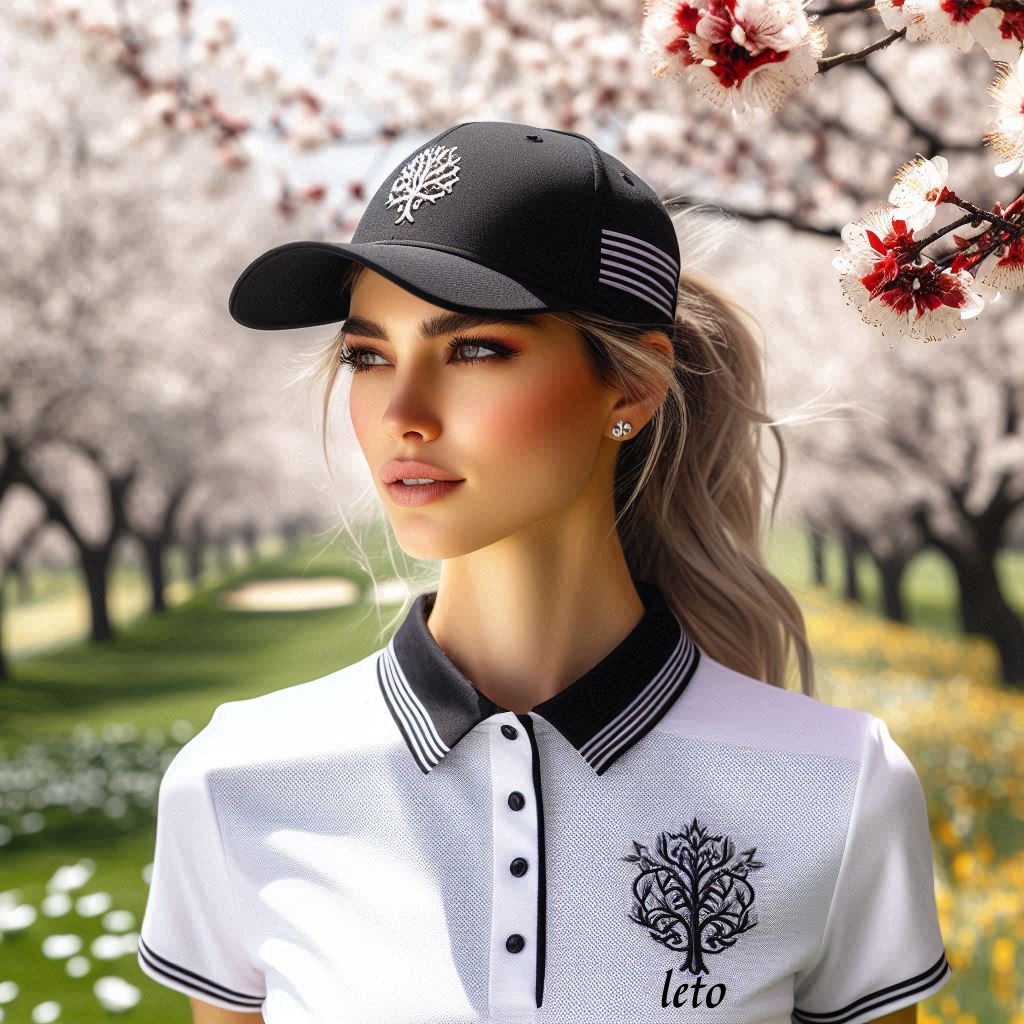
In the case of cotton-blend golf shirts, the impact of embroidery on breathability was also relatively minor. The natural breathability of the cotton fiber seemed to compensate for the small amount of obstruction caused by the embroidery. A shirt with a moderate-sized embroidery pattern on the chest and sleeve showed a decrease in moisture-vapor transmission rate of about 8 - 12%, but the overall comfort of the shirt remained high due to the fabric's inherent ability to absorb and release moisture.
For nylon - based golf jackets, which are often used in more inclement weather conditions, embroidery had a slightly different effect. While the air permeability did not change significantly, the water- resistance of the fabric was not compromised by the embroidery process. This means that golfers can still rely on their nylon jackets to keep them dry in light rain or wind, even with embroidered logos or designs.
In a real-life case study, a group of golfers wore embroidered and non- embroidered golf shirts during a series of 18- hole rounds in different weather conditions. The feedback from the golfers was that they could not distinguish a significant difference in breathability between the two types of shirts, even when they were sweating profusely during hot summer rounds. This practical test further validates that, in most cases, well - executed embroidery on golf fabrics does not have a substantial negative impact on breathability.
Leto Golf Manufacturing: Custom Solutions without Compromising Breathability
Our Comprehensive Customization Offerings
At Leto Golf Manufacturing, we understand that every customer has unique needs. Whether you're a golf apparel startup looking to make a mark in the market, an individual golfer who wants a one - of - a - kind outfit, a procurement manager for a large - scale purchase, or a fashion buyer seeking the latest trends, we've got you covered.
Fabric Selection: We offer a wide variety of fabric choices that cover an array of high-performance golf materials. From breathable, quick-drying polyester to soft and comfortable organic cotton, as well as nylon and spandex blends with excellent elasticity, we have it all. For environmentally conscious brands and consumers, we also provide a range of recyclable and sustainable fabric options, ensuring that we meet functional needs while contributing to environmental protection. For example, our recycled polyester fabric not only retains the advantages of traditional polyester, such as quick drying and durability, but also reduces environmental impact, making it an ideal choice for eco-friendly golf enthusiasts.
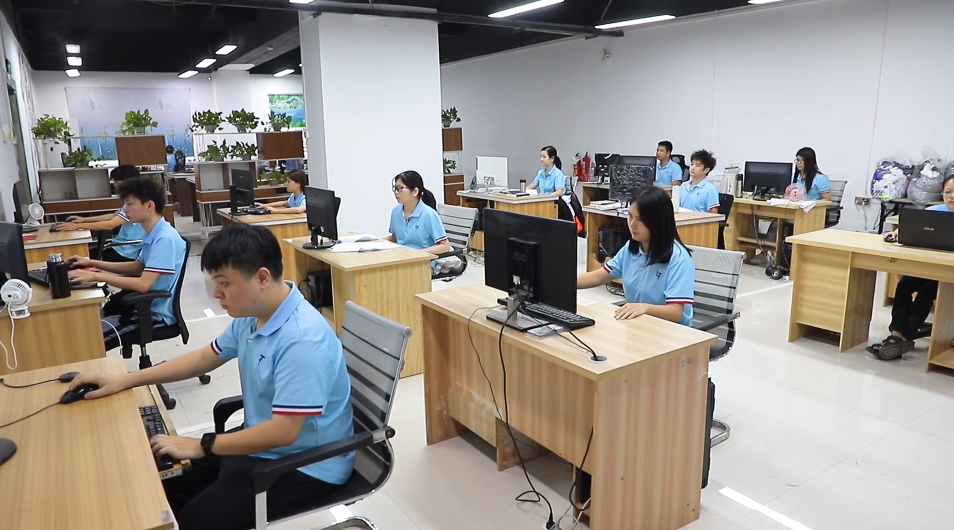
Design Solutions: Our professional design team possesses keen insights and a deep understanding of golf fashion. Whether it’s a minimalist modern design style or unique designs filled with personality and creativity, we can customize according to client requests. We offer comprehensive design services, including apparel style design, color coordination suggestions, pattern and logo design, and more. For startups looking to showcase a unique brand image in their golf apparel, we can help design exclusive logos and brand elements, perfectly presented on the clothing through clever embroidery or printing techniques. For instance, we designed a series of golf shirts with unique geometric pattern embroidery for an emerging golf apparel brand, and this innovative design quickly caught consumers' attention in the market, helping the brand stand out in a competitive landscape.
Custom Services: In addition to regular custom services, we also offer some special custom options to meet clients' personalized needs. For example, we can tailor the clothing according to the client’s body measurements, ensuring the best fit. For high-end clients, we also provide limited edition or custom limited series services, where each piece of clothing is meticulously crafted, incorporating unique design elements and high-quality materials to highlight its exclusivity and prestige. Additionally, we offer custom packaging services, designing exclusive clothing packaging based on the client’s brand image and market positioning, enhancing the overall quality and brand image of the products.
Case Studies Showcasing Our Expertise
To further illustrate our capabilities, let's take a look at some of our successful case studies.
Country Club Uniform Redesign Case Study: We collaborated with a well-known country club to redesign their golf uniforms for members and staff. The club wanted the new uniforms to reflect their upscale brand image while providing excellent comfort and functionality. Our team first conducted in-depth research on the club's brand culture and member needs, then combined that with the latest trends in golf apparel to propose a series of design options. Ultimately, we settled on a uniform made from high-quality cotton and polyester blend fabric, which not only offers good breathability and moisture-wicking properties but also maintains shape stability and resists deformation. In terms of design, we used classic styles and elegant color combinations, and added the club's logo and exclusive patterns through intricate embroidery. Once the new uniforms were launched, they received unanimous praise from both club members and staff. They expressed that the new uniforms were not only comfortable to wear but also looked more stylish and professional, enhancing the overall image of the club.
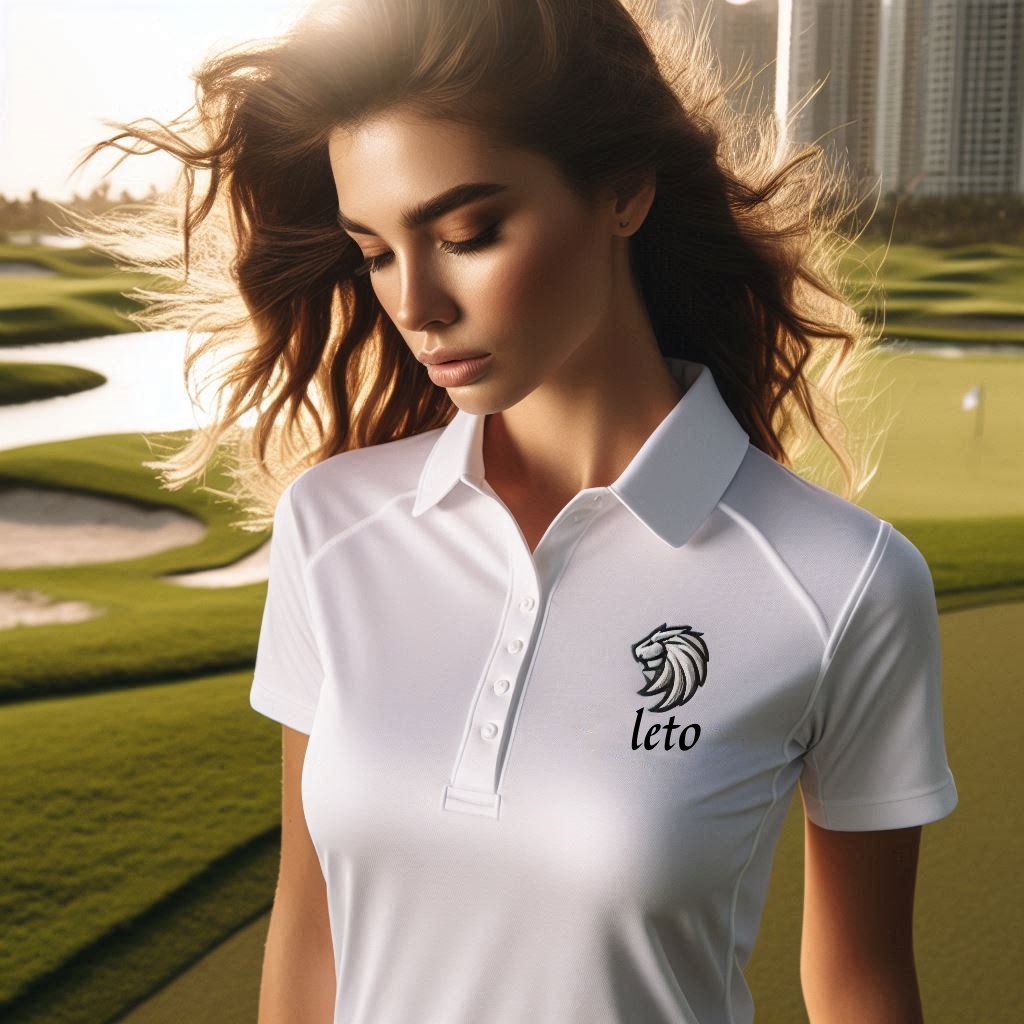
Success Story of a Golf Apparel Startup: A newly established golf apparel startup wanted to create a line of innovative and stylish golf clothing to attract young golf enthusiasts. They approached us for help in achieving this goal. We worked closely with the startup, providing professional support and guidance throughout the entire process, from fabric selection and design development to production. We recommended a high-performance fabric with four-way stretch, which meets the demands of various movements in golf while offering good breathability and wrinkle resistance. In terms of design, we incorporated trendy street fashion elements along with characteristics of the golf sport, creating a vibrant and uniquely styled range of golf apparel. Through personalized embroidery and printing techniques, we cleverly integrated the startup’s brand logo and unique design elements into the clothing, giving it strong brand recognition. After launching these garments, they quickly made a splash among young golf enthusiasts, helping the startup capture market share and gain a positive reputation in a short time.
Quality Assurance and Service Excellence
At Leto Golf Manufacturing, quality is our top priority. We have implemented a strict quality control system to ensure that every product that leaves our factory meets the highest standards.
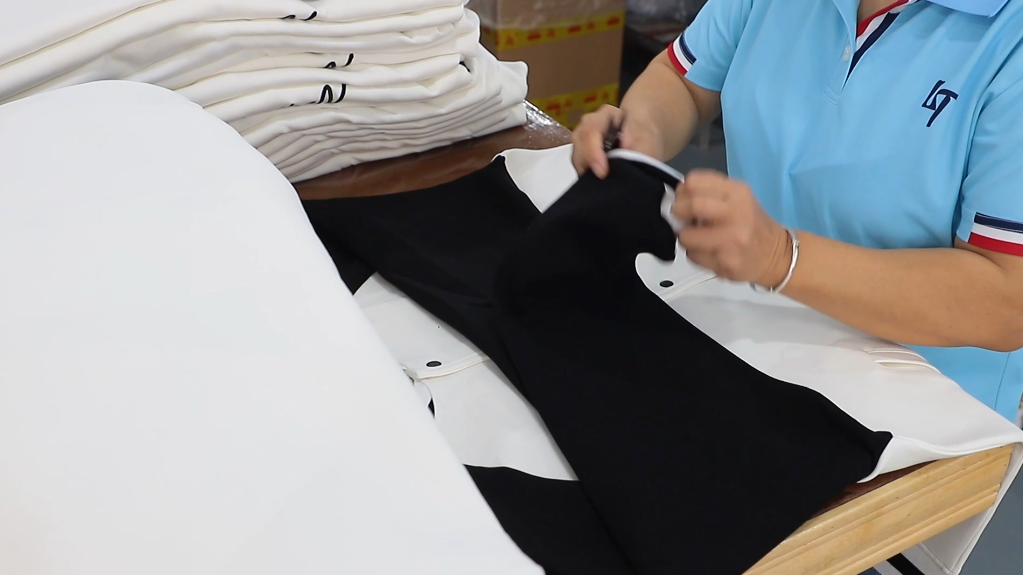
Rigorous Quality Inspection: During the production process, we conduct thorough quality inspections at every step. From testing raw materials to controlling the quality of semi-finished products and finally inspecting the finished goods, we use advanced testing equipment and standard methods. For instance, we test each batch of fabric for breathability, colorfastness, and abrasion resistance to ensure it meets our quality standards. For processes like embroidery and printing, we check the stitch density, clarity of patterns, and accuracy of colors to ensure that every piece of clothing looks and feels its best. Only products that pass all quality inspections can move on to the next production stage or be delivered to customers.
Efficient Production Process: We have modern production equipment and efficient processes that ensure timely order delivery. We utilize advanced production management systems for real-time monitoring and optimization of the production process, improving efficiency and reducing costs. Additionally, we have established long-term partnerships with several quality suppliers to ensure timely delivery and stable quality of raw materials. For example, when we receive a large order, we can shorten the production cycle by arranging production and reallocating resources while maintaining quality, ensuring we deliver products to customers on time to meet urgent demands.
Exceptional Customer Service: We prioritize communication and collaboration with our customers to provide a high-quality service experience. From initial project consultations to discussing and finalizing design plans, through ongoing communication and feedback during production, and finally to product delivery and after-sales service, our professional customer service team supports clients throughout the entire process. We respond promptly to customer inquiries and issues, making adjustments based on feedback to ensure customer satisfaction with our services and products. For example, when a customer requests changes to a design plan, we quickly organize the design team to make revisions and provide timely feedback on the updated plan until the customer is satisfied. After product delivery, we follow up with customers to gather feedback on their experiences and suggestions, continuously improving our service quality.
Tips for Choosing the Right Golf Apparel with Embroidery
Considering Your Playing Conditions
When choosing embroidered golf apparel, it's essential to take into account the playing conditions.
Sweltering Weather: In hot climates, like during a summer tournament in Florida, you'll want to prioritize breathability. Look for lightweight, breathable fabrics such as polyester or cotton - polyester blends. Even with embroidery, these fabrics can still keep you cool. For example, a polyester golf shirt with a small, tastefully embroidered logo on the chest will allow air to circulate freely, helping to wick away sweat and keep you comfortable. Avoid heavy-handed embroidery or thick threads in hot weather, as they can add unnecessary bulk and heat.
Humid Conditions: Humidity can make you feel sticky and uncomfortable. In such conditions, fabrics that are both breathable and moisture-wicking are a must. Nylon - based fabrics, especially those with a moisture-management finish, are great for humid environments. A nylon golf hat with embroidered details around the brim can keep the sun off your face while allowing sweat to evaporate. The embroidery should be done in a way that doesn't impede the fabric's ability to handle moisture, so choose a design with light-colored, fine-gauge threads that won't absorb excess moisture.
Cold Weather: In cooler temperatures, you may need to layer your golf clothing. Look for embroidered base layers made of moisture-wicking materials like polyester or merino wool. These can be worn under a sweater or a windproof jacket. For example, a merino wool long - sleeve shirt with a small, discreetly embroidered logo at the collar provides warmth and breathability. When it comes to outer layers, a windproof and waterproof golf jacket with embroidered team or brand logos can add a touch of style while keeping you protected from the elements. Just make sure the embroidery doesn't compromise the jacket's wind-and water-resistance features.
Balancing Style and Functionality
Golfers today want their apparel to look good and perform well.
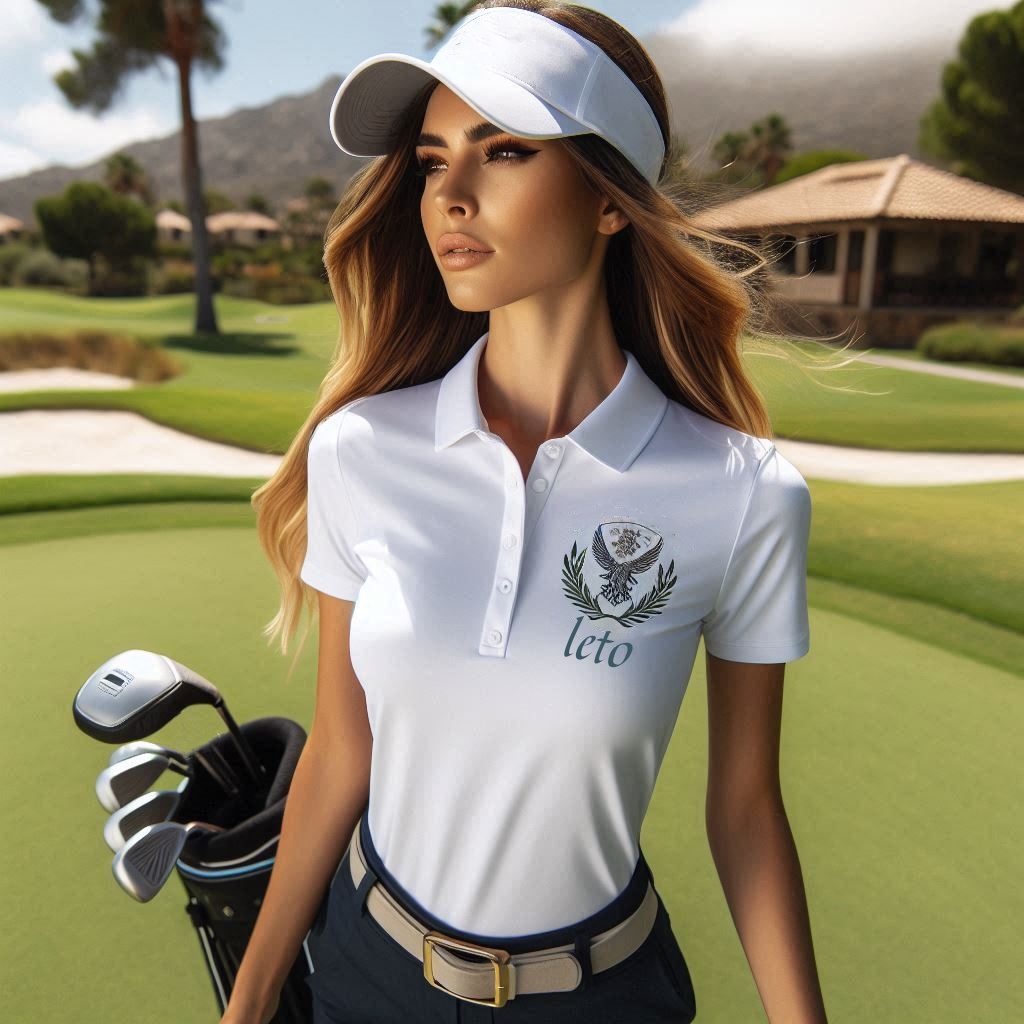
Style-Forward Designs: If you're someone who likes to make a fashion statement on the course, there are plenty of options for embroidered golf apparel. You can choose bold, colorful embroidery designs that match the latest golf fashion trends. For example, a golf polo with a large, eye - catching floral embroidery on the back can add a touch of elegance and uniqueness. However, ensure that the embroidery doesn't interfere with the fabric's breathability. Opt for designs that use a combination of fine and medium - gauge threads to create a visually appealing look without sacrificing functionality.
Function-First Approach: For those who prioritize functionality above all else, focus on the practical aspects of the embroidery. The location of the embroidery should not cause discomfort or restrict movement. A small, well-placed embroidery on the sleeve of a golf shirt can show off your personal style or brand affiliation without getting in the way during your swing. Also, consider the durability of the embroidery. In high-friction areas like the underarms or the knees (for golf pants), choose embroidery techniques that are less likely to fray or come undone over time. This way, you can enjoy the benefits of both style and functionality in your golf apparel.
Conclusion
In conclusion, the fear that embroidery will severely damage the breathability of golf fabrics is largely unfounded. As we've explored, modern golf fabrics are engineered with advanced technologies to maintain their breathability even when adorned with embroidery. The choice of fabric, embroidery techniques, and design considerations all play crucial roles in ensuring that your embroidered golf apparel remains both stylish and functional.

Leto Golf Manufacturing stands at the forefront of providing high-quality custom embroidery solutions for golf apparel. Our comprehensive range of services, from fabric selection to design customization, caters to the diverse needs of golf apparel startups, individuals, procurement managers, and fashion buyers. With our commitment to quality assurance, efficient production processes, and exceptional customer service, you can trust us to deliver custom-embroidered golf wear that meets and exceeds your expectations. Whether you're looking to make a fashion statement on the course or outfit your team with professional - looking gear, Leto Golf Manufacturing has the expertise and capabilities to bring your vision to life.
Post time: 25-03-13








